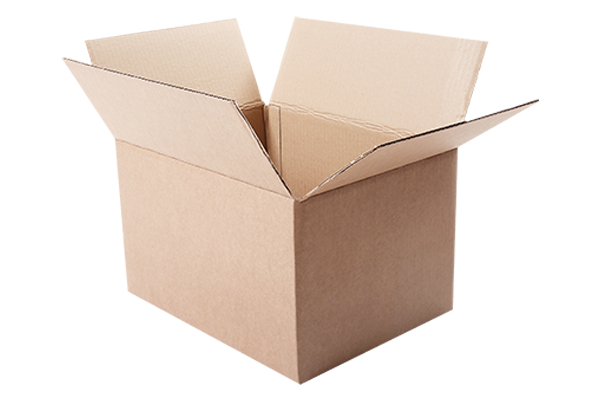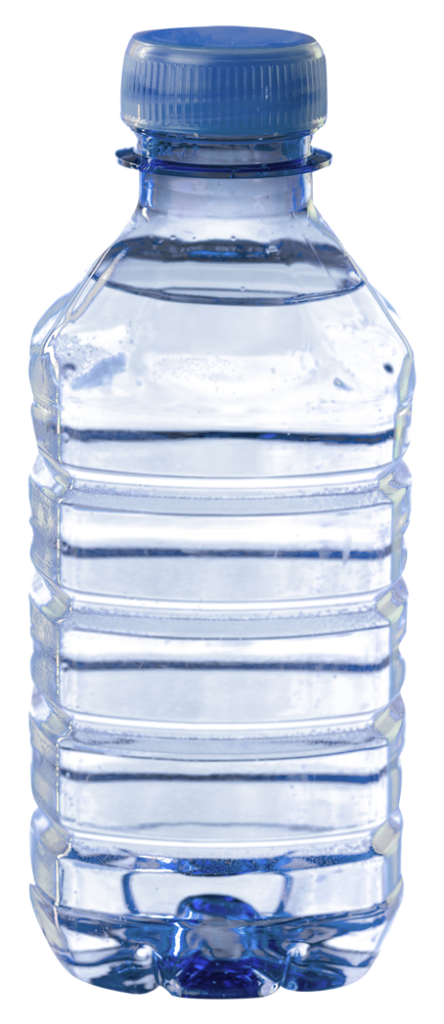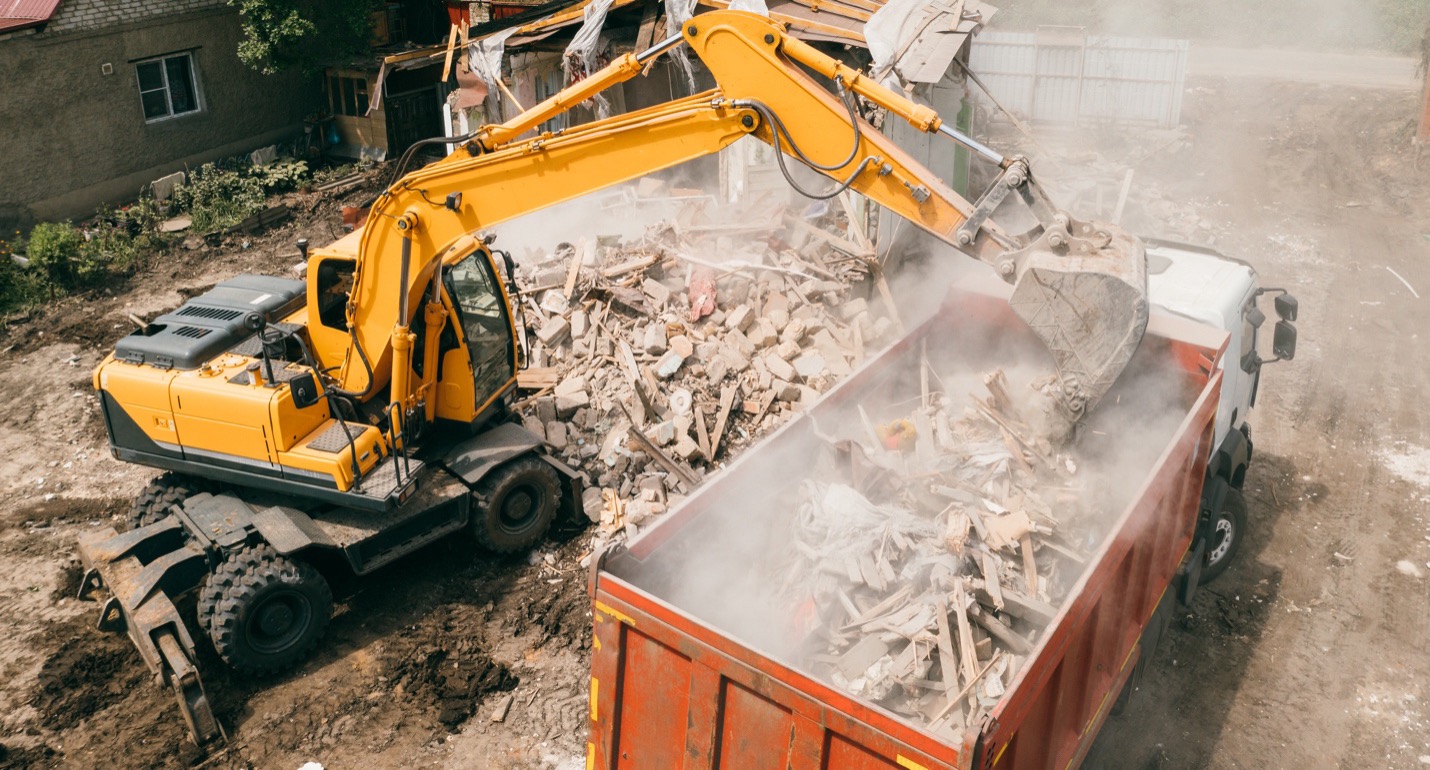In a world increasingly concerned with environmental sustainability, paper recycling has become a buzzword. We’re all familiar with the basic concept—toss your paper and cardboard into the blue bin, rather than the trash. But, not all garbage is equal in the world of recycling. There are hierarchies in place and understanding them is crucial for maximizing the impact of your recycling efforts.
When considering waste management, the first hierarchy in play is one that categorizes waste by what will reduce the environmental damage of that waste from least environmental impact, to most environmental impact.
Before Considering Recycling
As mentioned above, the first hierarchy examines the ways of handling waste generally from least environmental impact to the most significant impact. This can be summed up in what many of us may remember from a campaign that the US Department of Health and Human Services initiated in partnership with Warner Brothers in the late 1990s. In this series of PSAs, billboards, and print material, the iconic Tweety-Bird would offer tips for following the mandate: Reduce, Re-use, and Recycle.
This, for all practical purposes, is the entirety of the hierarchy in proper order of environmental damage:
- Reduction of the creation of waste is by far the most effective way to decrease impact on our environment. Without the waste to manage, there can be no impact.
- Re-using packaging and other waste materials, or repurposing them, delays the need to either recycle or throw away some items. Most notably, glass and plastic jars can be re-used to hold everything from mixed paint samples to screws or pens. This can in some cases permanently remove the need to process these items via recycling or putting them in landfills.
- Recycling is the last resort if items cannot be re-purposed after their initial use life. This is due to the energy that it costs to collect, sort, process, and distribute the recycled goods. This process can be costly but is still a better option than simply throwing the item into a landfill, which is the smallest portion of the pyramid, as it should be the very last resort.

Have questions about the recycling process or what services are available in your area? Drop us a line!
The Paper Recycling Hierarchy: The Basics
In case it has been a while since elementary school science class, let’s quickly revisit the fundamentals of how paper is recycled. The process begins when you toss a used product, whether it’s magazines, newspapers, or cardboard boxes, into a recycling bin. These materials are then collected and transported to a facility for recycling.
At the facility, the paper is sorted and cleaned to remove any contaminants like staples or plastic coatings. Once cleaned, the paper is pulped, de-inked, bleached, and soaked in water. The pulp is then used to make new paper products. This process saves trees, conserves energy, and reduces the overall environmental footprint.
The Real Pulp of Paper Recycling
Not all paper and cardboard are created equal, and they don’t all hold the same value in the recycling game. This brings us to our second hierarchy for today’s article: The Paper Hierarchy.
Each category of paper has its own values and benefits in the recycling process, as discussed below.
Recycling High Grade Paper: Cream of the Crop
At the top of the paper recycling hierarchy is high-grade paper. This includes materials like office paper, inkjet and printer paper, photo paper, and glossy magazines. This has to do with the fiber lengths found in these products. Longer fibers are easier to process into new products, and each virgin full-length fiber can be remanufactured into high quality paper products multiple times before needing to be retired.
One ton of high-grade paper to be recycled can actually save the equivalent of slightly more than 2 tons of wood from the forest due to the methods used to remove lignin from the wood slurry in the production process.
Recycling high-grade paper not only saves trees, but also conserves energy, as it requires less processing than lower-grade materials. So, if there is one category of paper you should make sure ends up in the recycling bin, it’s this one.
Recycling Cardboard: The Unsung Hero
Cardboard holds a special place in the recycling hierarchy. It’s the unsung hero, quietly working behind the scenes. Corrugated cardboard, commonly used in packaging, is particularly valuable in recycling because it can be recycled a large amount of times. Just as high-grade paper, cardboard can be recycled multiple times due to the fiber lengths that are used in its production.
Recycling cardboard not only reduces the demand for new raw materials, but also saves considerable energy. The key to ensuring your cardboard makes it to the recycling process is to make sure it is clean and free of any non-recyclable elements like tape or food residue, and are flattened to conserve space in the recycling containers.
Recycling Mixed Paper: The Middle Child
In the middle of the hierarchy sits mixed paper. This category includes a variety of paper products such as junk mail, cereal boxes, and non-glossy magazines. While not as high-grade as office paper, mixed paper is still valuable in the recycling realm.
However, mixed paper does require more processing than its higher-grade counterpart, as it often contains a different blend of fibers and materials. This makes it even more crucial to keep contaminants out of mixed-paper such as tapes, glues, and other components that could interfere with the de-inking process and make the paper un-recyclable.
Recycling Newsprint: The Workhorse
At the lower end of the paper recycling hierarchy, we find newsprint. It’s the workhorse of the recycling world, handling a substantial load of our daily paper consumption. Newspapers are typically made from shorter fibers, which means they can’t be recycled into higher-grade paper as many times as the other categories.
This, however, shouldn’t discourage you from recycling newsprint. It still plays a vital role in the recycling process, helping reduce the overall demand for raw materials, and reduces strain on landfills, as newsprint is still a significant contributor to the waste going to the dump.
Some Final Thoughts
While the value of each type of paper to the recycling process may differ, they all play a vital role in reducing deforestation and keeping our planet healthy. If you want to do your part to further reduce energy consumption, there are a few key things you can do to help when considering your paper recycling processes at your home and office:
- Separate different types of paper into high grade, mixed, newsprint and cardboard.
- Minimize contaminants such as food oils, staples, tape, or plastics such as laminates. Take a moment to remove them before tossing the paper in the blue bin.
- Help spread the word about the importance of recycling and the hierarchy of paper detailed here.
When it comes down to it, every piece of paper and cardboard counts. By understanding and respecting the process of recycling these products, you can help maximize the benefits of recycling and contribute to a healthy future for our planet, and our children. Let’s make a positive impact together, one sheet at a time.
To learn more about Evergreen Recycling and their recycling and waste management programs visit their web site at: Evergreen Web Site
You can also reach out to them directly through this contact link: Contact Evergreen or give them a call at (817) 293-4400








